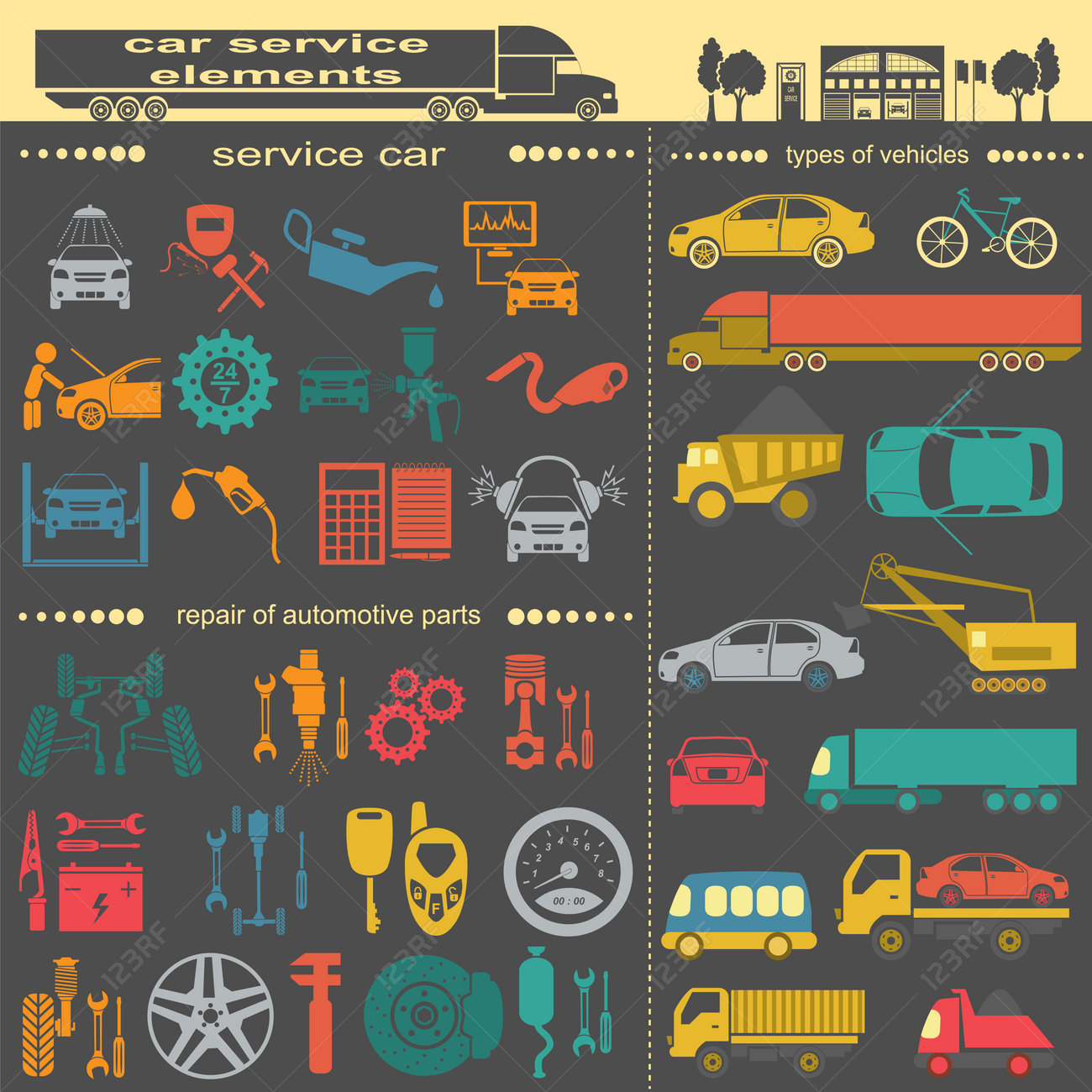Decoding Your Automobile'S Warning Indicators: What They Genuinely Signify
Decoding Your Automobile'S Warning Indicators: What They Genuinely Signify
Blog Article
Developed By-Higgins Stark
When you lag the wheel, those glowing caution lights on your control panel can be a bit difficult. Do you understand what they're trying to inform you regarding your cars and truck's wellness? Comprehending the importance of these lights is essential for your safety and the long life of your car. So, the following time among those lights pops up, wouldn't you intend to decipher its message precisely and take the essential actions to resolve it?
Common Warning Lighting and Interpretations
Determine common caution lights in your auto and comprehend their significances to guarantee risk-free driving.
One of the most common caution lights include the check engine light, which signals problems with the engine or emissions system. If this light comes on, it's important to have your car checked quickly.
The oil pressure cautioning light indicates reduced oil pressure, needing instant attention to prevent engine damage.
A blinking battery light may recommend a damaged billing system, potentially leaving you stranded otherwise dealt with.
The tire pressure tracking system (TPMS) light notifies you to low tire stress, influencing lorry stability and fuel effectiveness. Neglecting this can cause dangerous driving conditions.
The ABS light suggests an issue with the anti-lock stopping system, compromising your ability to stop rapidly in emergencies.
Last but not least, the coolant temperature level cautioning light warns of engine overheating, which can lead to serious damages otherwise solved promptly.
Recognizing these typical warning lights will aid you attend to concerns promptly and keep safe driving conditions.
Importance of Prompt Focus
Recognizing the common warning lights in your vehicle is just the primary step; the value of promptly addressing these cautions can't be highlighted enough to ensure your safety on the road.
When a warning light brightens on your dashboard, it's your automobile's means of connecting a possible issue that needs interest. Ignoring these warnings can lead to much more extreme problems in the future, jeopardizing your safety and security and potentially costing you a lot more out of commission.
Prompt focus to warning lights can avoid breakdowns and accidents. As an example, a blinking check engine light might show a misfire that, if left unattended, can cause damage to the catalytic converter. Addressing this promptly can save you from a costly repair.
Likewise, a brake system alerting light may signify low brake liquid or used brake pads, critical parts for your safety and security when driving.
Do It Yourself Troubleshooting Tips
If you discover a caution light on your dashboard, there are a couple of DIY repairing tips you can try before seeking specialist help.
The initial step is to consult your auto's guidebook to comprehend what the specific caution light suggests. In some cases the problem can be as basic as a loosened gas cap activating the check engine light. Tightening up the gas cap may resolve the problem.
https://www.thedrive.com/maintenance-repair/36790/car-maintenance is a reduced battery, which can cause numerous alerting lights. Examining the battery connections for deterioration and guaranteeing they're safe might take care of the trouble.
If a warning light lingers, you can attempt resetting it by separating the cars and truck's battery for a couple of minutes and afterwards reconnecting it. Furthermore, checking your automobile's fluid degrees, such as oil, coolant, and brake fluid, can help fix cautioning lights associated with these systems.
try this
To conclude, recognizing your vehicle's warning lights is important for keeping your lorry running smoothly and safely. By quickly addressing these informs and recognizing what they suggest, you can stay clear of pricey repair work and prospective malfunctions.
Keep in mind to consult your auto's handbook for certain details on each cautioning light and act appropriately to make certain a trouble-free driving experience.
Keep notified, stay risk-free when traveling!
